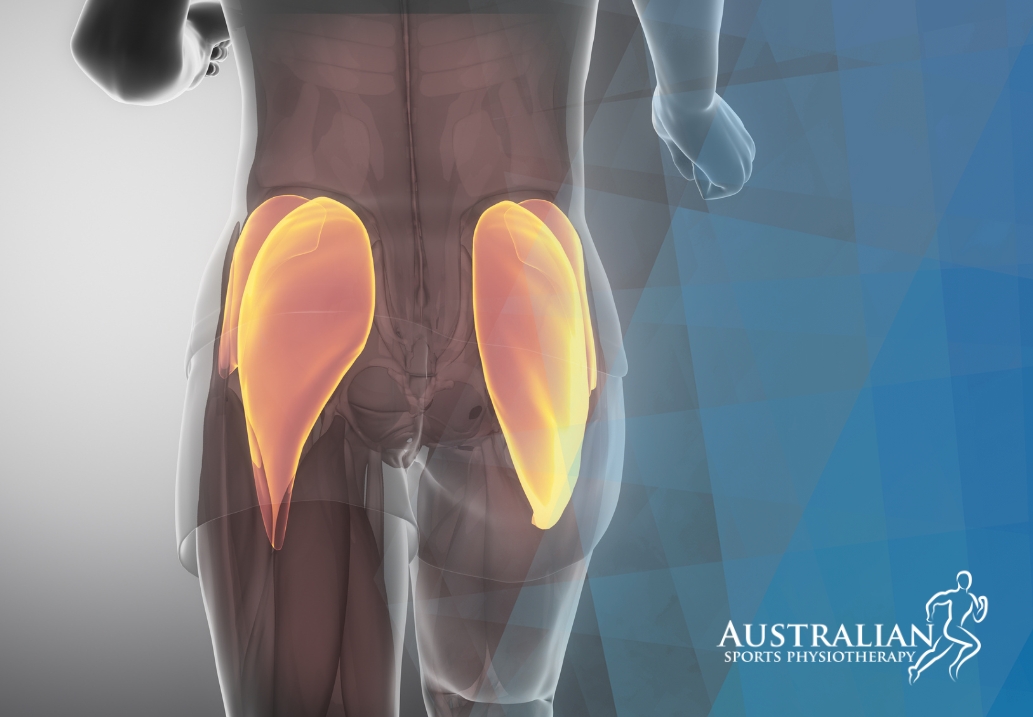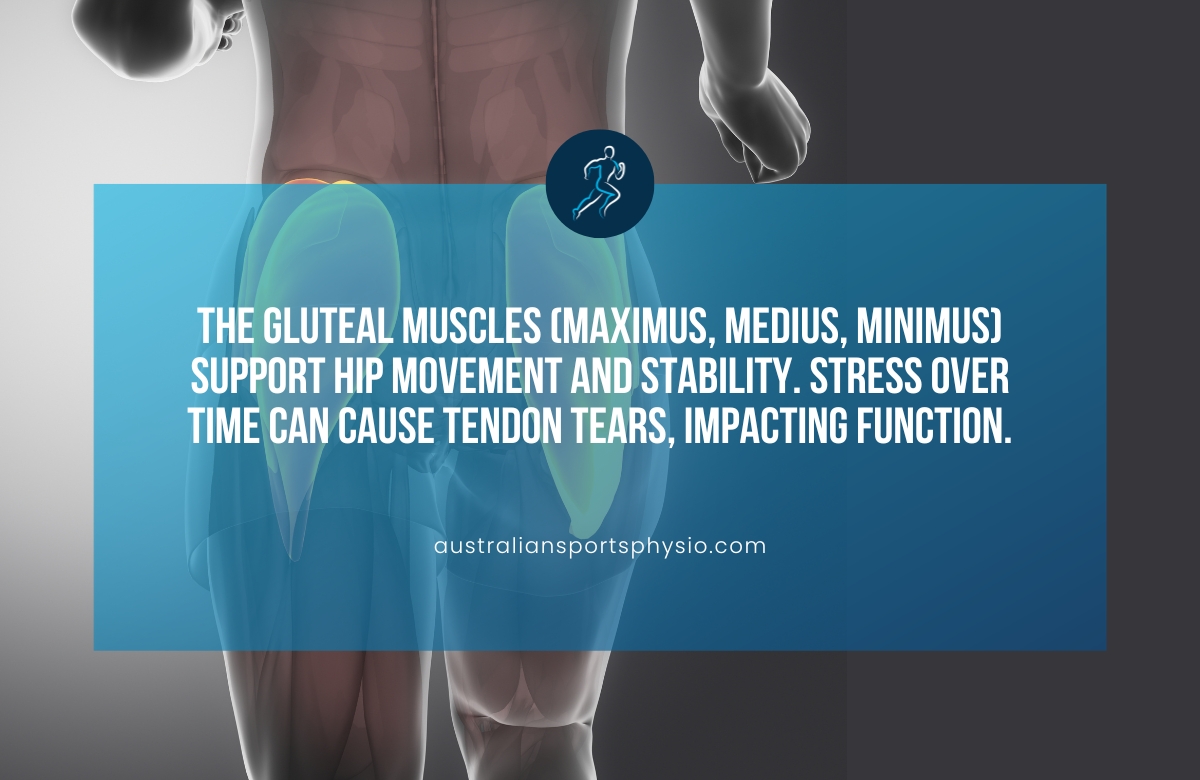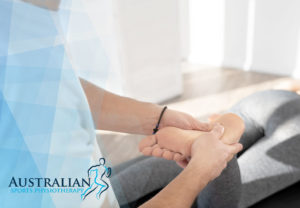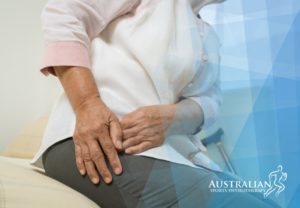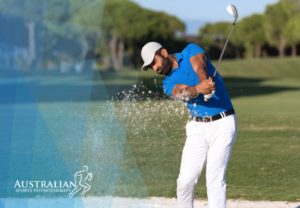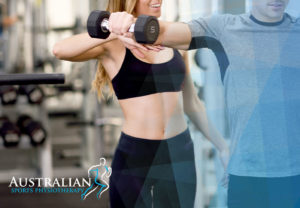Do you suffer from pain or weakness in your buttocks? It could be a sign of a gluteus medius or minimus tendon tear. These injuries can be debilitating and affect your daily activities. But there is hope for relief through physiotherapy.
Physiotherapy has been proven to be an effective treatment for gluteus medius and minimus tendon tears.
If you suffer from these tendon tears, seeking professional help to guide you through a tailored physiotherapy program is crucial.
What are gluteus medius and minimus tendon tears
The gluteus maximus is the largest of the gluteal muscles, and it helps to extend your hips. Underneath the gluteus maximus is the gluteus medius, and beneath that is the gluteus minimus.
As you move through the world, the three gluteal muscles support your hip, spine, and pelvis.
Your gluteus medius and gluteus minimus, in particular, assist you in moving your hip into abduction, which is the action you would make if you were standing and moved your straight leg out to the side. They also help stabilise your hip, which is vital for all activities.
A tendon is a muscle fibre that connects the muscle to the bone. In the case of the gluteus medius, for example, the tendon connects the muscle to its insertion, a bony piece of your femur (thigh bone) known as the greater trochanter. When these muscles are stressed over time, it can cause tears along the tendon.
Types of gluteus tears
A gluteus medius tear affects the gluteal muscle in your outer hip and causes pain.
A gluteus minimus tear affects the muscle on the outside of the hip just beneath the gluteus medius.
A tear in the tendons of one or both gluteal tendons is possible. A gluteus maximus tear is also conceivable, albeit uncommon.
Common causes of gluteus medius and minimus tendon tears
A gluteal tendon tear is often caused by a trauma, such as a fall, although it can occur over time due to tendinopathy or tendonitis. Repeated strains along the tendon can cause inflammation, which, if untreated, can develop over time and ultimately lead to a tear.
Tendon tears are defined as either partial or full thickness. A partial-thickness tear only goes part of the way through a muscle or tendon, whereas a full-thickness tear goes through the muscle or tendon.
Common symptoms of gluteal tears
- The most typical symptom is pain down the side of your hip and through the buttocks. It may hurt more after sitting for lengthy periods or after exercising. Usually, direct pressure on the side of your hip, such as lying down on that side, causes the discomfort to worsen.
- Another common symptom of a gluteal strain is walking or standing with your pelvis tilted to one side. You might try to take weight off your painful or weaker hip by lowering your pelvis towards the other side.
- Buttock, lateral hip, lower back, or even proximal hamstring pain.
- An alteration in gait as a result of pain.
- Vibrational discomfort, e.g. car rides.
It is also possible to experience:
- Limited mobility
- Inflammation
- Lack of strength
The 3 stages of gluteus medius and minimus tendon tears
- Reactive stage
Tendinopathy, especially insertional tendinopathies, can be conceived as a progression through several stages—initially, chemical and structural changes in the tendon cause the tendons to alter shape and thicken.
- Disrepair stage
The tendon thickens to relieve stress and to be able to withstand additional loads. As the tendon thickens, the tendon fibres become disorganised, reducing the tendon’s ability to withstand the force of muscular contraction.
- Degenerative stage
Long-term stress and poor overall health can cause the tendon to degenerate, resulting in the death of tendon cells and subsequent disorganisation of the tendon’s collagen fibres. Changes in this phase are irreversible and often indicate that the tendon is less load-tolerant.
Physiotherapy treatment for gluteus medius and minimus tendon tears
In the acute stages, physiotherapy manual therapy such as soft tissue massage, trigger point release, or dry needling in the gluteal muscles can help relieve pain and enhance confidence and mobility.
A gradual strengthening program targeting the lateral hip muscles is the most substantial evidence for treating gluteal tears.
A physiotherapist can advise you on the ideal workouts based on your symptoms, the degree of your gluteal injury, and your fitness levels. Exercises will begin simple and gradually become more demanding as pain and function improve.
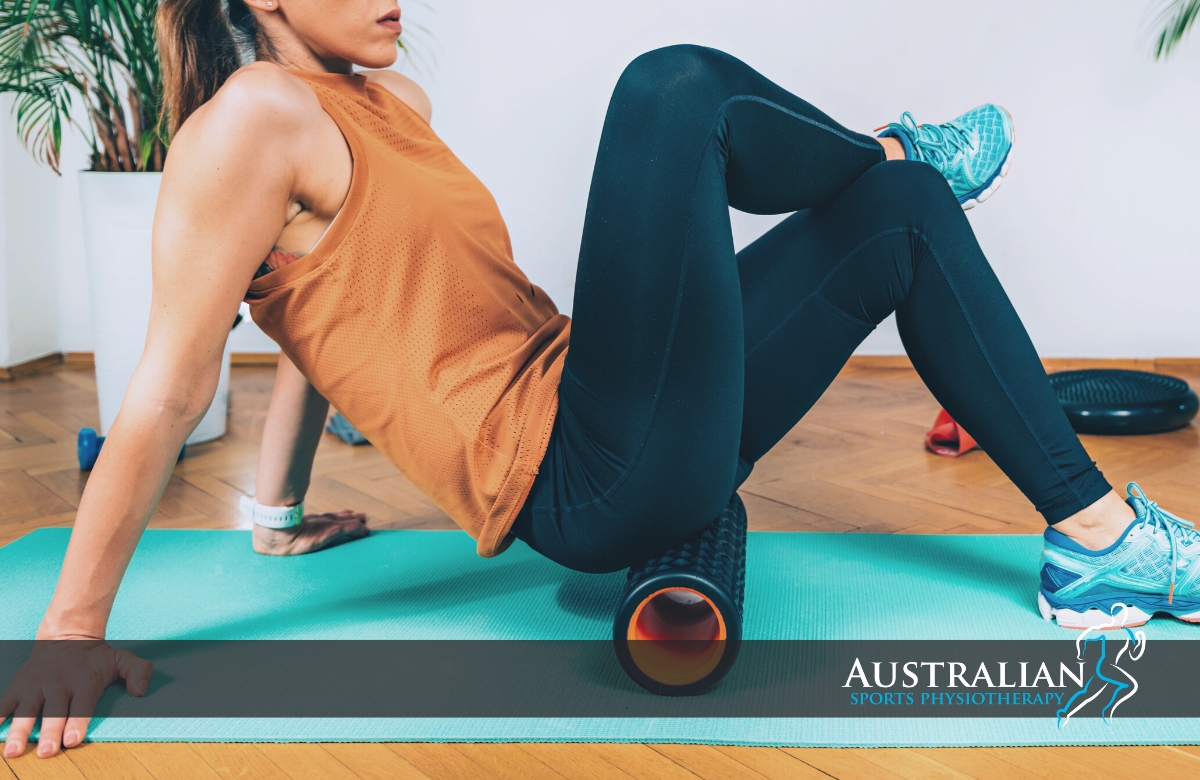
Final thoughts on physio for gluteus medius and minimus tendon tears
If you have a degenerative hip condition or previous hip injuries, such as osteoarthritis, bursitis of the hip, or iliotibial band syndrome, you are more likely to have a gluteus medius or gluteus minimus tear.
You can strengthen these muscles, reduce pain, and regain mobility with the correct physiotherapy techniques and exercises.
